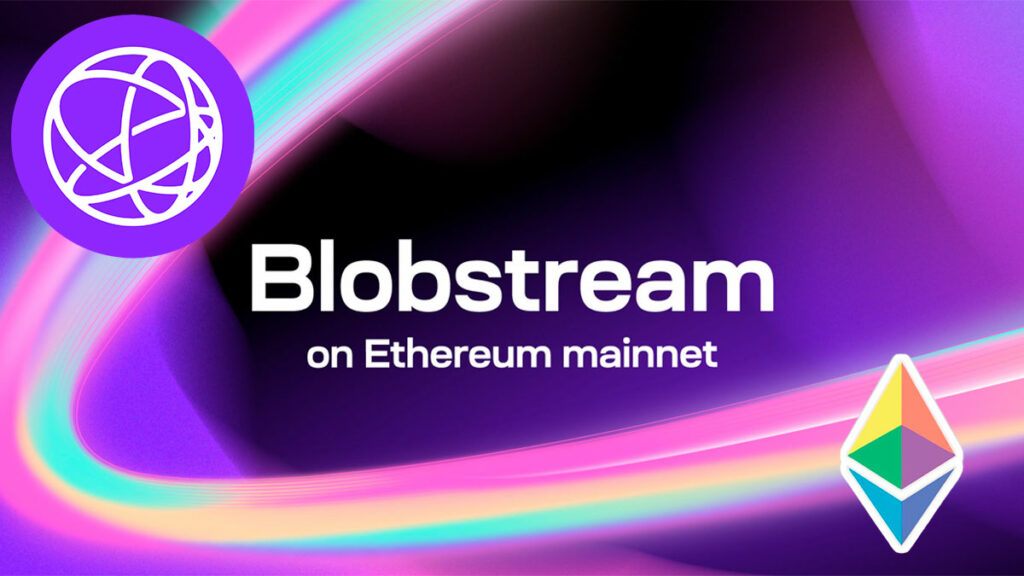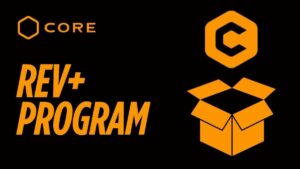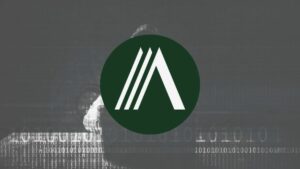TL;DR
- Innovative Launch: Celestia has introduced Blobstream, a data availability solution on Ethereum mainnet, enabling high throughput for Ethereum L2s with strong crypto-economic security, fostering a more scalable and developer-friendly ecosystem.
- Technological Advancement: Blobstream X, a zero-knowledge implementation, streamlines the verification process, reducing validator workload and enhancing the efficiency of data root commitments for Ethereum L2s.
- Decentralization and Security: Blobstream offers a decentralized alternative to data availability committees (DACs), providing a more secure and scalable infrastructure for Ethereum’s growth, backed by Celestia’s proof-of-stake system.
The modular blockchain network Celestia has announced the launch of its innovative data availability solution, Blobstream, on the Ethereum mainnet. This groundbreaking technology, developed by Succinct Labs, is set to revolutionize the way data is managed within the Ethereum ecosystem.
Blobstream 🎇 is now live on Ethereum mainnet.
Deploy a high-throughput L2 as *permissionlessly* as a smart contract. pic.twitter.com/74wyw5Xknq
— Celestia (@CelestiaOrg) June 10, 2024
Blobstream allows Celestia’s data roots to be streamed to an Ethereum light client on-chain, ensuring high-throughput data availability for Ethereum layer 2 solutions. The system is backed by strong cryptoeconomic guarantees, overcoming the past throughput challenges encountered by Ethereum developers.
With the introduction of Blobstream, developers can now thrive within the Ethereum ecosystem, cultivating a space where they have the freedom to craft personalized, fast-paced blockspace without being bound by permissions or committees.
The security of this system is upheld through cryptographic economic guarantees, ensuring a secure and reliable platform for development. Coinciding with the launch, the Celestia team has made Blobstream accessible on their blockchain explorer, Celenium.
In addition, Succinct Labs has introduced Blobstream X, a zero-knowledge (ZK) solution that improves the verification of Celestia validator signatures on-chain by using just one ZK proof. This advancement not only decreases the workload for validators but also streamlines the Celestia protocol and speeds up the transfer of data root commitments for Ethereum L2s.
Currently available on testnet, Blobstream, and its ZK implementation are poised for deployment on the Ethereum Mainnet and L2s following thorough code audits and Celestia’s forthcoming launch. This will significantly enhance streaming DA capabilities.
Before this milestone, Celestia had integrated Blobstream with platforms such as Arbitrum Orbit, Starknet, and Base, demonstrating a steadfast commitment to augmenting the Ethereum ecosystem’s infrastructure.
What is Celestia’s Blobstream?

Blobstream represents the first data availability solution for Ethereum that scales securely with user growth. Initially known as the Quantum Gravity Bridge (QGB), it facilitates the relay of commitments to Celestia’s data root to an on-chain light client on Ethereum.
This empowers Ethereum developers to construct high-throughput L2s utilizing Celestia’s optimized DA layer, which is the first to incorporate Data Availability Sampling (DAS). Ecosystems can deploy a Blobstream light client on-chain, enabling L2s and L3s to access DA from Celestia.
Blobstream vs. Data Availability Committees (DACs)
In terms of decentralization and security, Blobstream, built on Celestia’s CometBFT-based proof-of-stake system, shares the same security assumptions as Celestia. DACs, in contrast, tend to be centralized or semi-centralized, dependent on a select group of entities for data availability.
Blobstream employs data availability attestations, which are Merkle roots of batched L2 data, to verify the presence of necessary data on Celestia. Ethereum’s L2 contracts can directly check with Blobstream for data publication on Celestia. DACs, however, would rely on attestations from their permissioned members.
Designed for high-throughput DA for Ethereum L2s, Blobstream strikes a balance between scalability and security, operating independently of Ethereum’s gas costs. DACs’ scalability and flexibility are contingent on their design and implementation.
In conclusion, while both Blobstream and DACs aim to ensure off-chain data availability, Blobstream offers a more decentralized, secure, and scalable solution, distinguishing itself from the potentially centralized nature of DACs.










